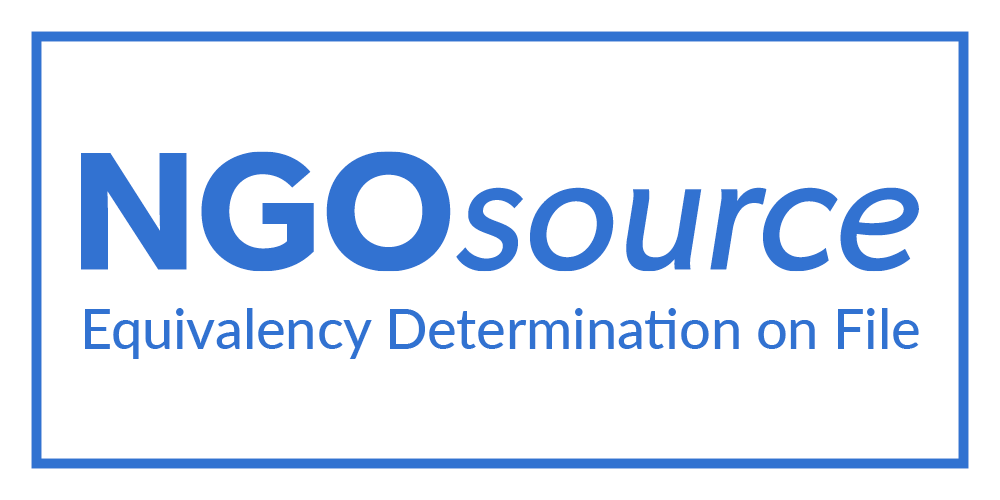This discussion focuses on what the Just Energy Transition Partnership means for South Africa’s energy transition and its coal-dependent regions. Hosted by Kartikeya Singh, CSIS Energy Security and Climate Change Program senior associate and director of programs at the SED Fund.
Panelists
- Saliem Fakir, Executive Director at the African Climate Foundation
- Chantal Naidoo (Founder and Executive Director of the Rabia Transitions Initiative)
Key takeaways from this discussion:
- Eskom's Role in the Energy Transition: Eskom plays a central role in South Africa's energy transition. Whether it's on a large, medium, or small scale, and whether it's related to grid-connected or off-grid energy, Eskom is a key player. This highlights the critical nature of Eskom's involvement in any discussions or plans related to energy transition in the country.
- Historical Context: The discussion acknowledges that conversations about reshaping Eskom to align with the democratic goals of South Africa date back to the democratic elections in 1994. This implies that the country has been grappling with how to transform Eskom to meet the changing needs and environmental goals for several decades.
- Reducing Emissions: Eskom's role in reducing emissions is emphasized as a significant challenge. Given the coal-dependent nature of South Africa's energy sector, transitioning away from coal, and reducing emissions is a complex and difficult task.
- Just Transition Concept: The discussion also speaks to the concept of a "just transition." This refers to the idea that as countries shift to cleaner and more sustainable energy sources, they should do so in a way that is fair and equitable, ensuring that affected communities and workers are not left behind. It's noted that institutionalizing this concept within South Africa and Eskom has been challenging, but it is seen as an important aspect of the energy transition.
- Common Narrative: Chantal Naidoo mentions that the common narrative of a just transition is still a work in progress and isn’t crystal clear across all stakeholders. There is also tension between those who are more tuned to a technological view of the just transition relative to those who see it as more of a social dimension. Nevertheless, there is an ongoing effort to develop a shared understanding of what a just transition means in the context of South Africa's energy transition.
- Institutional Mechanisms: The discussion also touches upon the role of institutional mechanisms in shaping the narrative of a just transition in the country. These mechanisms are likely responsible for guiding discussions and policies related to transitioning to cleaner energy sources while addressing social and economic concerns.
Overall, the discussion highlights the complexity and challenges involved in South Africa's energy transition, particularly when it comes to Eskom's role and the concept of a just transition. It underscores the importance of finding a path forward that balances environmental sustainability with social and economic justice.


